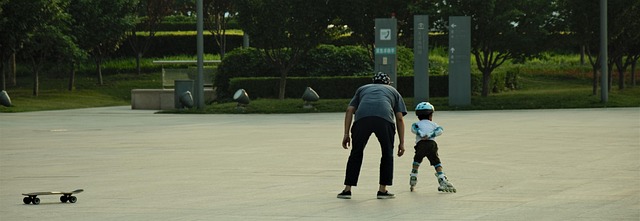Exploring the Impact of Sculpture: A Case Study in Fine Arts and Culture
When we walk through a gallery or a public park adorned with statues and sculptures, we often find ourselves captivated by the intricate details, the emotions they convey, and the stories they tell. Sculptures are much more than mere three-dimensional objects; they are vital reflections of the fine arts and cultural narratives that shape our societies.
To appreciate the impact of sculpture, one can consider a case study of a prominent sculptural work, such as the monumental piece “The Thinker” by Auguste Rodin. Created in 1880, this iconic sculpture represents deep contemplation and intellectual struggle. It has transcended time and geography, becoming a global symbol of philosophical thought. But what makes this case study crucial is not just its aesthetic appeal; it also opens a discourse on the cultural zeitgeist of the era in which it was created.
As we delve deeper into the world of fine arts, sculptures offer a tangible connection to the past, reflecting the societal values, norms, and issues prevalent at their time of creation. From ancient Greece’s classical forms, which celebrated the human body and ideals of beauty, to contemporary installations that tackle modern-day challenges, sculptures serve as a visual dialogue within cultural frameworks.
Moreover, sculptures are often permanent fixtures that challenge us to engage with the space they inhabit. Public art installations can transform urban environments, prompting conversations about identity, history, and social justice. The public’s interaction with such sculptures reinforces their relevance, showcasing how art can mirror community struggles and achievements.
Culturally, the significance of sculpture extends beyond its physicality. Each piece can elicit emotional responses, provoke thought, and even inspire movements. Take, for instance, the Vietnam Veterans Memorial in Washington, D.C. Created by Maya Lin, it stands not only as a memorial to the lives lost but also serves as a powerful statement on the impact of war and remembrance on national identity.
As we examine these works through the lens of a case study, it’s essential to consider how they influence and reflect cultural sentiments. Sculptures become vessels for dialogue and interpretation, allowing us to navigate complex histories and diverse perspectives. They invite us to question, learn, and grow as we immerse ourselves in their narratives.
In this interconnected landscape of fine arts and culture, sculptures have the power to enshrine memories, evoke passions, and connect communities. By engaging with these works, we not only appreciate their artistry but also recognize their role in shaping human experience and cultural identity.



